Top 10 Most Legendary Race Cars of All Time

Ever since there’s been cars, people have raced them.
With well more than a century of motorsports action, there have been a lot of great race cars. But every once and awhile, a car comes along that inspires the world. The type of racer that stories are regaled about, songs are written for and screenplays based around. There are race cars that were groundbreaking, dominant, gorgeous or all the above.
SEE ALSO: Top 10 American Sports Cars of the 2000s
Formula One, Can-Am, Rallying – iconic cars have no boundaries. Here are 10 cars we feel are the most legendary in the world of racing. Ranking them would be a futile exercise, as their importance is directly tied to which motorsports discipline someone likes the most. So here they are, the top 10 most legendary race cars of all time in alphabetical order.
Audi Sport Quattro S1 E2
Audi pretty much dominated rally racing in the early 1980s with various versions of the Quattro race car. Although the A1, A2 and Sport Quattro were formidable cars in their own right, the pinnacle of Audi’s rally efforts was the Sport Quattro S1 E2.
With a 2.1-liter turbocharged five-cylinder engine making an underrated 470 hp, the S1 E2 was a Group B monster that obliterated rally courses. At if that wasn’t enough, before Group B rallying would be cancelled for good, the Quattros were reportedly pumping out close to 600 hp.
Auto Union Type C/D Hill Climb and Type C Streamliner
In the mid-1930s, Auto Union (which Audi was a part of) had a successful Grand Prix program with the company’s Type A, B, C and D race cars. Uncommon for the time, these race cars featured a mid-engine design. Type A, B and C cars came with a 16-cylinder engine, while the Type D made due with a 12-cylinder unit.
Two special built Auto Union Type race cars stand out. First, there was the streamliner. Built on a Type C body, the Streamliner had an uber-aerodynamic shape designed to get the most out of the Type C’s roughly 560 hp. During testing of the Grand Prix car on the autobahn (yes, you read that right), the Streamliner achieved 400 km/h (248 mph) in 1937!
The next year, these same crazy engineers decided to build a Type D racer with the Type C’s engine for hill-climbing duties. To ensure all that power got to the road, a set of dual-tires were attached to each side on the back of the car.
Chaparral 2J
In the wild world of Can-Am racing, Chaparral looked at aerodynamics to gain an edge. Having stuck massive wings to the company’s previous race cars, Chaparral thought up an ingenious way to get optimal downforce regardless of the speed for his new car, the 2J. It would be with vacuum suction.
Two large fans scrounged from a tank were mounted on the rear of the car and were powered by a snowmobile engine. They would suck up air from underneath the car, essentially pinning it to the ground. Using a Lexan skirt that was kept one inch off the ground at all times by a trick suspension design, the 2J could achieve ridiculous amounts of downforce consistently around the track. Faster than any of its competition by a good bit, the 2J was horribly unreliable and subsequently outlawed from racing after just one year.
Ford GT40
As far as stories go in racing, it doesn’t get much better than the Ford GT40. Conceived out of anger after Ford’s failed attempt to purchase Ferrari, the GT40 was built to beat Ferrari at their own game – endurance racing. By 1966, that task was achieved as the GT40 finished 1-2-3 at the legendary 24 hours of Le Mans race. The GT40 would go to win Le Mans over the next three years as well.
Four different versions of the GT40 were produced, the Mark I, II, III and IV. The Mark I used a 4.9-liter Ford V8 while the Mark II, III and IV all used a larger 7.0-liter V8. To this day, the GT40’s shape is one of the most easily recognizable in the history of motorsports.
Lancia Stratos HF
In the 1970s, Lancia partnered up with Bertone to build a new rally car. To get the most traction to the rear wheels, Lancia went with a more exotic mid-engine setup. Sitting mid-ship in the Stratos HF was a 2.4-liter V6 derived from the Ferrari Dino.
Looking more like a supercar than a rally car, the Stratos HF proved to be very successful, winning the 1974, 1975 and 1976 world rally championship. Although another Lancia would find even more success rallying a decade later, it didn’t have the same visual impact the sexy Stratos HF did.
Mazda 787B
Many cars have won Le Mans over the years and a few have done it multiple times. So what makes the 787B so special? Well, it’s a classic underdog story no one thought possible. First of all, the 787B was the only Japanese car to ever take the overall victory at the 24 hours of Le Mans until Toyota’s wins in recent years.
SEE ALSO: Top 10 Japanese Sports Cars of the ’90s
Second, and arguably more importantly, the 787B is the only rotary-powered car to win overall at Le Mans. Using a four-rotor motor that may well be the best sounding race engine in history when at top speed, the 787B wasn’t the fastest car in the 1991 running of Le Mans, but it won due to reliability and superior fuel consumption. Yes, a rotary won because it was more reliable and used less gas – just another tidbit in the folklore of the 787B.
McLaren MP4/4
In 1988, what could quite possibly be the best racing duo in Formula One history was formed. It was the year that Ayrton Senna joined Alain Prost at team McLaren. That year also saw Honda become the engine supplier for McLaren, installing a 1.5-liter turbocharged engine in the new McLaren MP4/4.
To say the McLaren dominated the 1988 season would be a gross understatement. Of the 16 races run that year, McLaren would take the pole position at 15 of them and win an outstanding 15 races. Senna, Prost and McLaren newcomer Gerhard Berger would continue McLaren’s winning ways over the next few years, but none of the Marlboro liveried cars that followed the M4/4 would be so utterly dominate.
Porsche 917
The Porsche 917 is an unusual car in that it found success in two different forms of racing. Initially, the 917 was designed for endurance racing, entering races like the 24 hours of Le Mans. It found success winning the storied race in both 1970 and 1971, but 1972 would see rule changes for Le Mans that made the 917 obsolete.
Instead of retiring the car, Porsche turned its focus to the Can-Am racing series. By adding turbochargers to the big V12 engine, the 917 would produce around 850 hp and win the 1972 championship. In 1973, the engine was enlarged and the 917 could now produce upwards of 1,500 hp in qualifying trim. The car would utterly dominate the season, but a rule change to Can-Am for 1974 would once again render the 917 obsolete. Many consider the final 1973 Porsche 917 to be the most powerful sports car racer ever to exist.
Suzuki Escudo Dirt Trail
The Pikes Peak hill climb is a wondrous thing. The climb is essentially a no holds barred regulation-free racing competition that allows drivers, engineers and fabricators to push the limits of automotive technology. From 1992 until 2011, the hill climb was the domain of Nobuhiro “Monster” Tajima who won the event nine times, including six straight from 2004 until 2011. Although his success during the six-year winning streak came driving a radical Suzuki XL-7 that was later rebodied as a SX4, it was the car he drove to victory in 1998 that really captured the world’s attention.
As an idea first conceived in 1995, the car was called the Escudo Dirt Trail and featured two turbocharged 2.5-liter V6 engines – one mounted in the front and one mounted in the back. Combined, they made 981 hp and sent power to all four wheels. With aerodynamics that created all of the downforces known to man, the Escudo was a monster fit to driven by the monster. It may not be the quickest car to ever attack the hill, but it’s easily one of the craziest.
Tyrrell P34
How do you get more grip when racing? Simple; add more wheels. Along with regular sized rear wheels, the Tyrrell P34 featured four smaller front wheels. Not only did this reduce drag and increase the front contact patch, but it also allowed for additional braking force.
SEE ALSO: Top 10 Best European Sports Cars of the ’80s
Introduced for the 1976 racing season, the “six-wheeler,” as it was known, proved to be competitive, landing on the podium 10 times. It even won the Swedish grand prix that year in an impressive 1-2 finish for Tyrrell. In 1977, the car was less competitive and advances in aerodynamics made the six-wheel design redundant by the 1978 season.
Although this wasn’t the only six-wheeled car to compete in Formula One, it’s easily the most recognizable and iconic.
Recent Updates:
November 16th, 2021 – Updated introduction and footer for accuracy. Updated Chaparral text for accuracy. Updated Mazda 787B text for accuracy. Updated Suzuki Escudo Dirt Trail text for accuracy.
Become an AutoGuide insider. Get the latest from the automotive world first by subscribing to our newsletter here.

A 20+ year industry veteran, Mike rejoins the AutoGuide team as the Managing Editor. He started his career at a young age working at dealerships, car rentals, and used car advertisers. He then found his true passion, automotive writing. After contributing to multiple websites for several years, he spent the next six years working at the head office of an automotive OEM, before returning back to the field he loves. He is a member of the Automobile Journalists Association of Canada (AJAC), and Midwest Automotive Media Association (MAMA). He's the recipient of a feature writing of the year award and multiple video of the year awards.
More by Mike Schlee



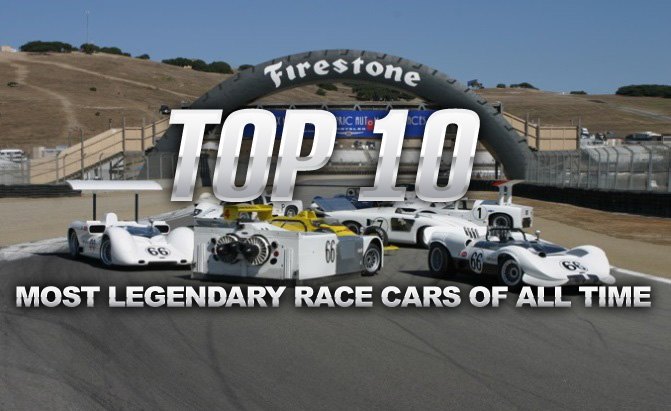























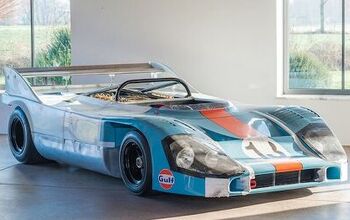
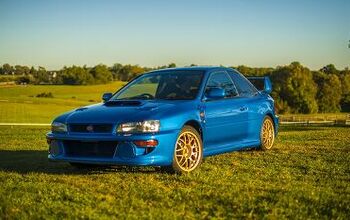


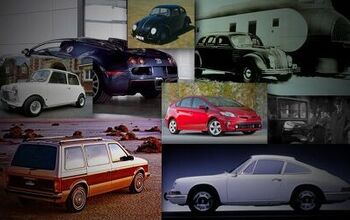

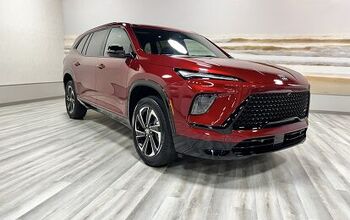




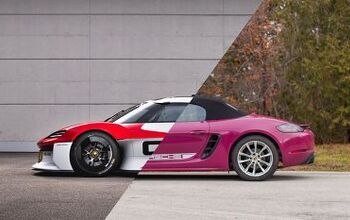

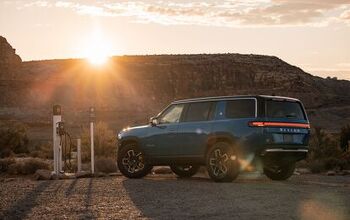
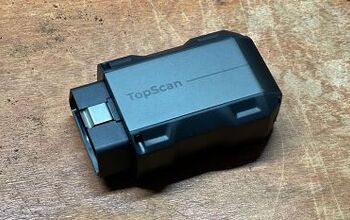
Comments
Join the conversation
.?my neighbor's mother is making $98 HOURLY on the internet?.... A few days ago new McLaren F1 subsequent after earning 18,512$,,,this was my previous month's paycheck ,and-a little over, $17k Last month ..3-5 h/r of work a day ..with extra open doors & weekly paychecks.. it's realy the easiest work I have ever Do.. I Joined This 7 months ago and now making over $87, p/h. Learn More right Here....website on my PrroFile +yuvnvbv
What about Big Daddy Garlits' Wynnscharger or Don Prudome's Funny car the Snake?